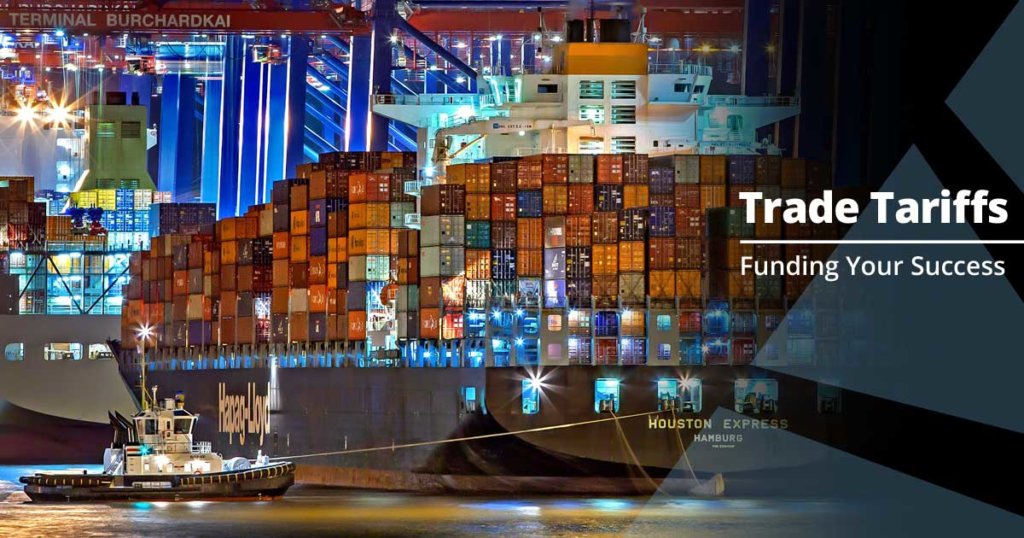What the Latest Tariffs Mean for Your Restaurant
 What the Latest Tariffs Mean for Your Restaurant
What the Latest Tariffs Mean for Your Restaurant
In case you missed it, there’s been a bit of a trade dispute going on this past year. Most of the buzz has been focused between the United States and China. It all started in 2018, when President Trump started “setting tariffs and other trade barriers on China with the goal of forcing it to make changes to what the U.S. says are ‘unfair trade practices’” according to the Wikipedia entry. Tariffs are taxes paid on imports or exports. They are imposed by countries in an effort to promote domestic manufacturing. The thought is that if country X imposes tariffs on goods imported from in country Y, it won’t be fiscally prudent for country X to continue importing them. The tariffs are paid by importers in country X. The effects are, in theory, twofold: country X must produce this good domestically, which in turn is supposed to create jobs at home; country Y is then punished because their consumer has halted demand, thus hurting the country’s economy. Think of the tariff as a weapon of sorts.
What often ends up happening is somewhat logical, albeit hard to stomach. If the United States is imposing import tariffs, it’s the United States who must pay those tariffs. When importers are paying more for goods, they’re not going to eat that cost—they’re going to pass it on to their customers. What inevitably ends up happening is the cost to purchase these goods rises domestically, as the home country needs to build up the infrastructure to support the demand. Doesn’t exactly sound like there are any winners in this situation, does it?
Now that the history lesson is over, let’s get down to brass tacks. Yes, the United States and China have been at each other’s throats for over a year. What happened most recently in tariff land, however, has nothing to do with China. In October 2019, the United States wielded the tariff weapon again—this time on goods made in the European Union. Here’s the deal: in early October, the World Trade Organization (WTO) approved tariffs on $7.5 billion worth of goods produced in the European Union. They were imposed for a trade dispute over Airbus and illegal government subsidies provided to it by the EU. The entire list of goods can be found here, but you may already be familiar with the tariffs that significantly affected the restaurant industry, especially if your business serves them. Italian meats and cheese, Spanish and French wines, and single-malt whiskey of Irish and Scotch descent. Coffee, olives, and olive oil also made the list.
This week (December 2, 2019), the WTO determined that the EU still hasn’t fixed the Airbus subsidy issue. Because of this, you guessed it: here come more tariffs. President Trump’s administration is reacting by deciding whether to raise the current tariff rate set in October or impose new tariffs on a whole different set of yet-to-be-determined goods.
It was also this week that, according to reporting by CBS News, “the United States threatened to impose tariffs of up to 100 percent on $2.4 billion in French goods in retaliation for a digital services tax that Washington says is discriminatory.” Food-related items that made the list include French champagne, yogurt, and cheeses, and these tariffs would go into effect mid-January 2020.
Restaurant owners would be wise to keep watch over these ongoing disputes and think about creative ways to handle the rising costs of products you may serve at your restaurant. Consumers are viewing these trade wars and keeping an eye out for a hit to the wallet. Be mindful of the dates these tariffs are set to take effect and when they are scheduled to expire. If you don’t want to pass your costs down to your customers, it might finally be time for a line of credit to ease the burden of these increased prices.

